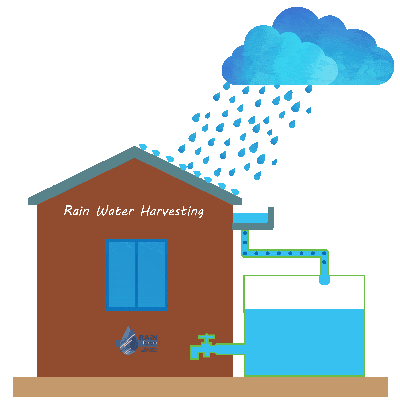Title: Enhancing Well Sustainability through Rainwater Harvesting
Introduction: Maintaining groundwater levels is vital for the sustainability of wells, especially in regions where they are a primary water source. Rainwater harvesting offers a sustainable solution to replenish groundwater reserves and ensure the resilience of wells.
Key Benefits:
- Groundwater Replenishment: Rainwater harvesting channels excess rainwater into the ground, replenishing aquifers and sustaining well productivity.
- Natural Filtration: Rainwater percolating into the ground undergoes natural filtration, improving water quality and enhancing well health.
- Drought Resilience: Rainwater harvesting builds resilience against droughts by recharging wells during rainy periods, ensuring continued access to groundwater.
- Cost-Effective Solution: Rainwater harvesting for well recharge is cost-effective, offering long-term savings compared to alternative water extraction methods.
Implementation:
- Assess Well and Site Conditions: Evaluate well capacity and site characteristics to determine optimal rainwater harvesting design.
- Design Rainwater Collection System: Install gutters, downspouts, and permeable surfaces to capture rainwater and direct it towards the well.
- Utilize Permeable Surfaces: Designate permeable areas around the well to facilitate rainwater infiltration and minimize surface runoff.
- Monitor and Maintain System: Regularly monitor rainfall, well water levels, and system performance to ensure effective recharge and address maintenance needs promptly.
Conclusion: Rainwater harvesting tailored for well recharge ensures the sustainability and reliability of wells, promoting water security and environmental sustainability.
